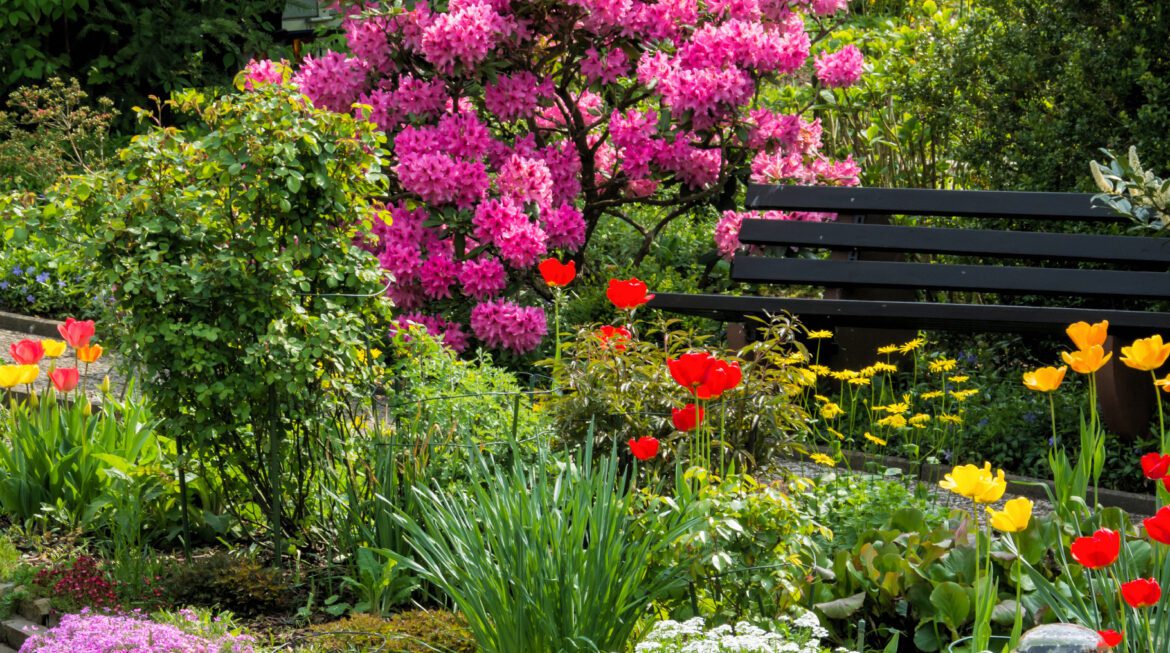Autumn isn’t just a time for raking leaves and harvesting your summer plants. In fact, it’s the perfect time to plan ahead and prep your garden for a vibrant display of color and life in the upcoming spring. By planting specific bulbs, seeds, and perennials in the fall, you’re setting up a stage for nature to impress you when warmer days return. Here’s our top list of plants you should consider planting this fall:
- Tulips: A classic choice for many gardeners, tulips come in a myriad of colors and shapes. They require a period of cold dormancy, making them perfect for fall planting.
- Daffodils: Resistant to most pests, these sunny and bright flowers will be among the first to welcome the spring season.
- Crocus: These are small, early spring bloomers. Plant them in the lawn or garden beds for a sea of purples, blues, and whites.
- Alliums: From the same family as garlic and onions, alliums offer round, pom-pom-like blooms in purples and whites.
- Hyacinths: With their sweet fragrance and cone-shaped blooms, hyacinths are a favorite for both garden beds and containers.
- Fritillaries: These unique, checkered-patterned flowers are sure to stand out in any garden.
- Bluebells: These delicate, bell-shaped flowers create a fairy-tale like carpet in woodland gardens.
- Bleeding Hearts (Dicentra): Though they’re technically a perennial, planting them in the fall ensures a robust growth in spring. Their romantic, heart-shaped flowers are a springtime favorite.
- Pansies: While many consider pansies as a spring planting, they can be set in the ground during the fall to guarantee earlier blooms and a longer flowering period.
- Peonies: While they might not bloom the very next spring after planting, getting them in the ground in the fall ensures they’re established and ready to offer their stunning blooms for many years to come.
A Few Planting Tips
- Bulb Depth: A general rule of thumb is to plant bulbs at a depth of about 2-3 times their height. Make sure the pointy end is facing up.
- Soil Preparation: Incorporate compost or other organic matter to improve drainage, especially if you have heavy clay soil.
- Watering: After planting, give your new plants and bulbs a good water to help settle them into the soil.
- Mulching: Add a layer of mulch to help retain soil moisture and maintain a consistent temperature around the bulbs, protecting them from harsh winter conditions.
With a little effort and planning during the fall, you can ensure your garden bursts into a spectacular display as winter fades and spring emerges. So grab your trowel, select your favorites, and get planting. Happy gardening!

